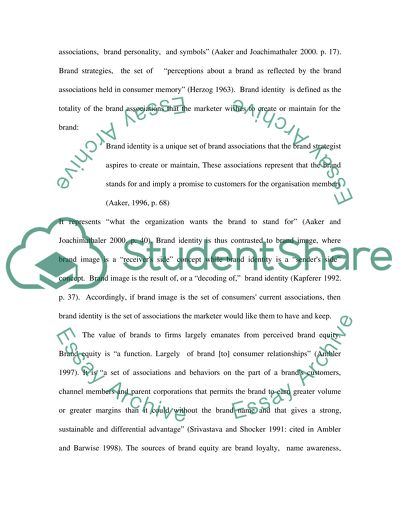Cite this document
(Importance Of Building A Band For An Organisation Essay - 1, n.d.)
Importance Of Building A Band For An Organisation Essay - 1. https://studentshare.org/marketing/1542893-the-value-of-brands-to-organizations
Importance Of Building A Band For An Organisation Essay - 1. https://studentshare.org/marketing/1542893-the-value-of-brands-to-organizations
(Importance Of Building A Band For An Organisation Essay - 1)
Importance Of Building A Band For An Organisation Essay - 1. https://studentshare.org/marketing/1542893-the-value-of-brands-to-organizations.
Importance Of Building A Band For An Organisation Essay - 1. https://studentshare.org/marketing/1542893-the-value-of-brands-to-organizations.
“Importance Of Building A Band For An Organisation Essay - 1”. https://studentshare.org/marketing/1542893-the-value-of-brands-to-organizations.


